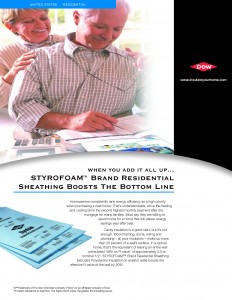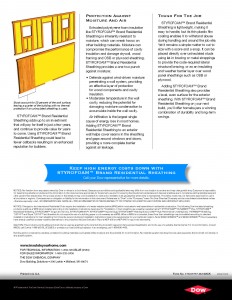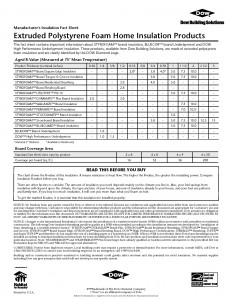
Would it surprise you to learn that cellulose is the most common building material in the world? It shouldn’t, because wood is cellulose, and you’ll find more wood used in construction than any other material. You might be tempted to think of cellulose insulation as paper, or even ground-up paper, but in fact it’s not. While clean, recycled paper and cardboards form the basis of cellulose insulation, National Fiber processes it back to a fibrous state, bearing no resemblance to the original paper. (The same can’t be said for all makers of cellulose insulation, however.)
A little history
Cellulose insulation has been around a long time. Thomas Jefferson used a form of cellulose to insulate his estate, Monticello – where construction began in 1769! What we think of today as cellulose insulation has been in wide use since the 1920’s, growing dramatically after WWII. The energy crisis of the 1970’s and 1980’s led to even greater use of cellulose – and the reputation of cellulose as an insulation that would settle in your walls. That’s no longer the case, and it hasn’t been for a long time, thanks to dramatic improvements in manufacturing and installation techniques.
What’s changed?
National Fiber’s Cel-Pak is, like most things, a much better product than you could buy in the 1970’s. First, it’s completely fiberized, which allows for interlocking of the cellulose fibers. Then there’s the equipment and techniques used to install it – both radically improved from the ‘good old days’.
Today, Cel-Pak is ‘dense-packed’ in walls at a density of 3.2 – 3.5 lbs of material per cubic foot of space, or more than twice its settled density. This does a couple of things. First, the installation process ensures that cavities are completely filled – no gaps, no voids, no pockets or spaces.
Second, using 3.5 lbs. of material per cubic foot ensures that the material is under slight pressure in the wall cavity. It simply can’t settle, because there is no room for it to settle. (Those displays you see at trade and home shows showing cellulose blowing around in a box? They’re designed to trick you, using far less material than is installed in the field, so don’t be fooled.)
The bottom line
Cellulose has improved in quality and sophistication over time, and it now provides exceptional resistance to fire, moisture, mold, and vermin. What other insulation can claim these benefits and also provide the superior thermal and sound insulation that comes naturally to cellulose?
To learn more about cellulose insulation, check out our Myths & Misconceptions page.
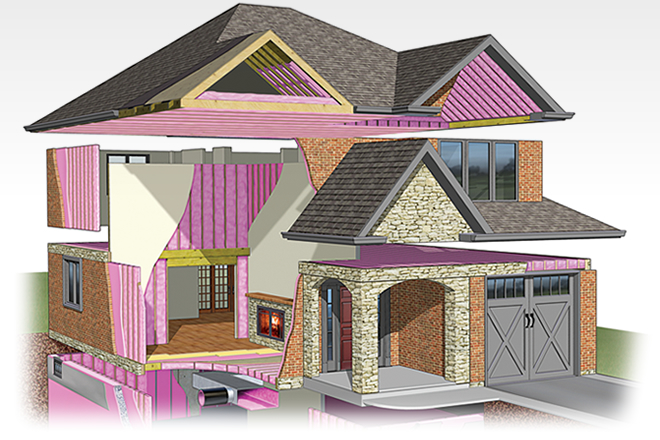
Getting ready to upgrade or renovate your home?
Learn about projects you can do to make your home more comfortable and energy efficient.
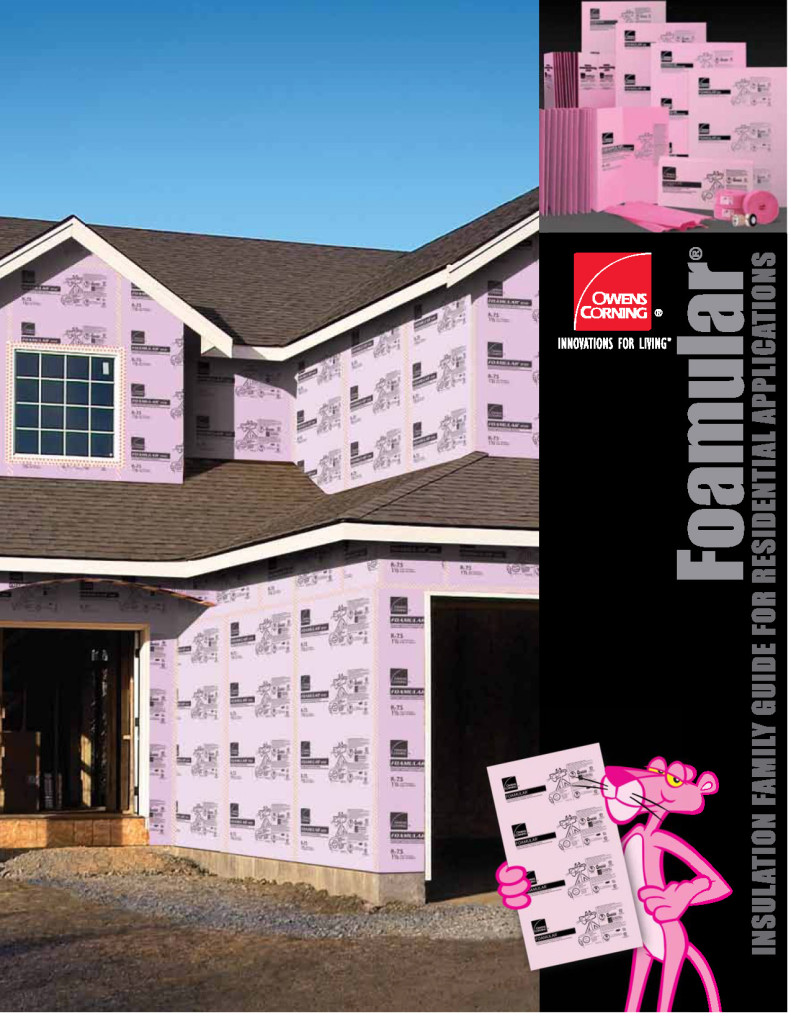

AttiCat® Expanding Blown-In Insulation System
Adding insulation to your attic is a blast with the AttiCat® Insulation Blowing Machine! It conditions the AttiCat® Expanding Blown-In PINK Fiberglas™ Insulation by breaking it up and fluffing it, adding millions of the tiny air pockets that give the material its insulating power. The insulation is conditioned further throughout the length of the hose, and as it bounces its way up to your attic, more and more air pockets are added, increasing its insulating power even more. And since Fiberglas™ insulation will not settle, it will keep its energy-saving R-value over time.
Quick and Easy:
- Blowing the insulation should take less than 1.5 hours and the whole job can be completed in less than 4 hours based on a 1,000 sq. ft. attic at R-30
- Self-feeding system
- Puts insulation where you want it
- Integrated AUTOCUTTER
No Mess:
- Fiberglas™ insulation releases and expands completely inside machine
- Provides easy clean-up because machine does the work for you
- Low dust system
Safe and Reliable:
- Optimized process for minimal handling
- Fully enclosed system
- Hose-mounted remote control
Find It Now
We recommend AttiCat® Loosefill Expanding Blown-In Insulation System insulating
your entire attic area.


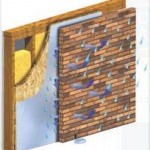
 leaks and energy loss through wall studs by surrounding the home with STYROFOAM™ Brand Extruded Polystyrene Insulation, STYROFOAM™ Residential Sheathing or STYROFOAM™ Tongue and Groove from Dow that feature:
leaks and energy loss through wall studs by surrounding the home with STYROFOAM™ Brand Extruded Polystyrene Insulation, STYROFOAM™ Residential Sheathing or STYROFOAM™ Tongue and Groove from Dow that feature: